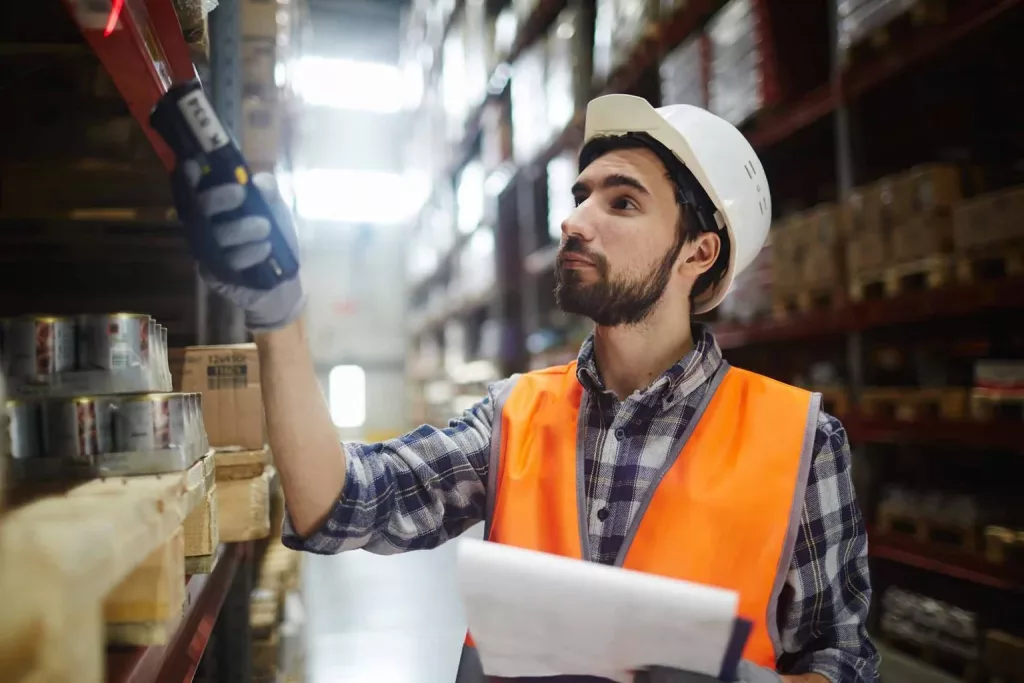Any individual hoping to launch a successful business needs basic barcode training. This training will help inventory management, parcel delivery and improve efficiency. Barcodes are a series of lines that represent numbers or letters that an optical scanner can easily read. They consist of black bars and white spaces within a square field with varying shapes on the lines. These scanning tools mean you can identify the item quickly and precisely easily.
General Types of Barcodes
Barcodes are divisible into two categories: one-dimensional (1D or linear) and two-dimensional (2D). The layout and amount of data stored in each determine whether one is 1D or 2D. However, businesses can use both in various automatic identification systems and applications.
What Is A 1D Barcode?
The 1D barcode is the most widely used, and it’s especially helpful in retail settings. It’s also commonly seen in warehouses, where it may designate locations and bins. The 1D barcode is a picture representation of data that is readable and interpretable electronically. The information stored is interpreted when the reading head is reflected in a scanner, such as with a laser beam. The barcode, in other words, can be regarded as a personal identification number for goods. Like a person’s social insurance number, it provides information about the product’s origin in the form of a numerical code.
1D Subtypes
The three most common subtypes of 1D barcodes are EAN, UPC and GS1-128. The most typical and well-known globally, such as EAN and UPC, are prominent in retail. EAN and UPC follow a worldwide standard that businesses can understand across national borders. They both relate to the Global Trade Item Number (GTIN) system. The GS1-128 is perfect for pallet labels and tracking things during shipment, allowing you to keep track of goods arrival and departure.
What Is A 2D Barcode?
The 2D barcode contains up to 100 times as much information as the 1D. It can even include more complex data such as links and photos. Barcodes that employ two-dimensional (2D) technology are generally larger and more challenging to scan at long distances. 2D barcodes can label medical goods, download applications, or distribute information to consumers.
People can only read 2D barcodes with an Imager barcode scanner. 2D scanning is not yet available for output boxes, but the 2D will grow strong. Scanning is not yet available due to the vast amount of data that codes may contain and that many of today’s scanners can scan 2D.
2D Subtypes
There are two primary forms of 2D barcodes, GS1 DataMatrix and GS1 QR. To add more information to electronics, food, or pharmaceutical items, GS1 DataMatrix is commonly employed in the manufacturing sector. Businesses can find GS1 QR codes on printed materials, such as maps and business cards, and the sides of buildings and bridges. The code is widely utilized for marketing purposes because nearly every mobile phone can decode it.
Often overlooked, society should appreciate the technology behind barcodes. It may only be a small invention, but it is undoubtedly pivotal to our day-to-day living.
Are you looking for a reliable same-day delivery partner? Trust FlashBox to handle your deliveries. Get Started Today.







